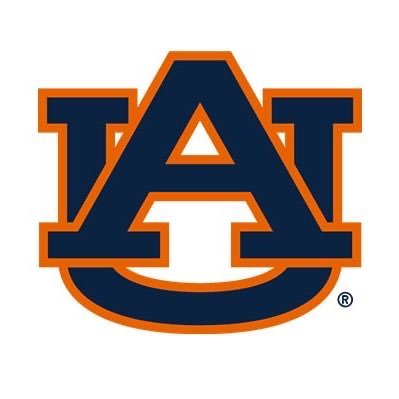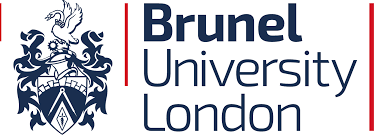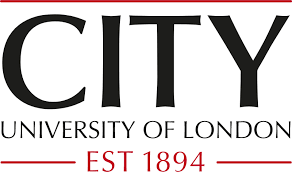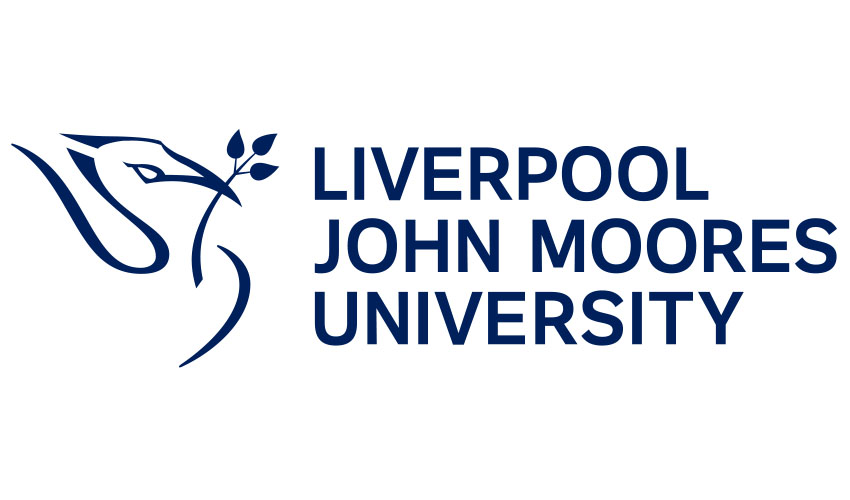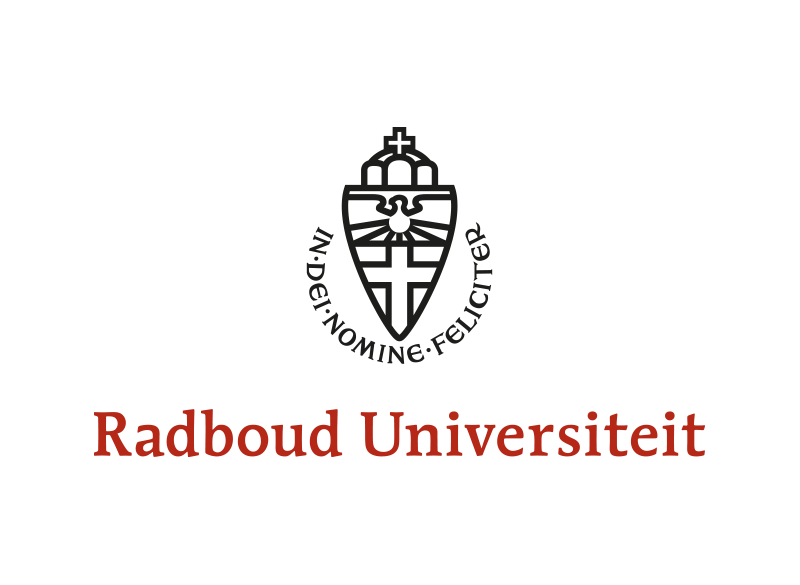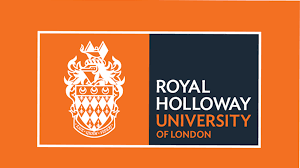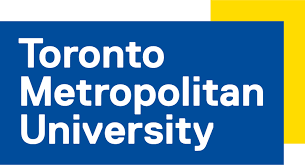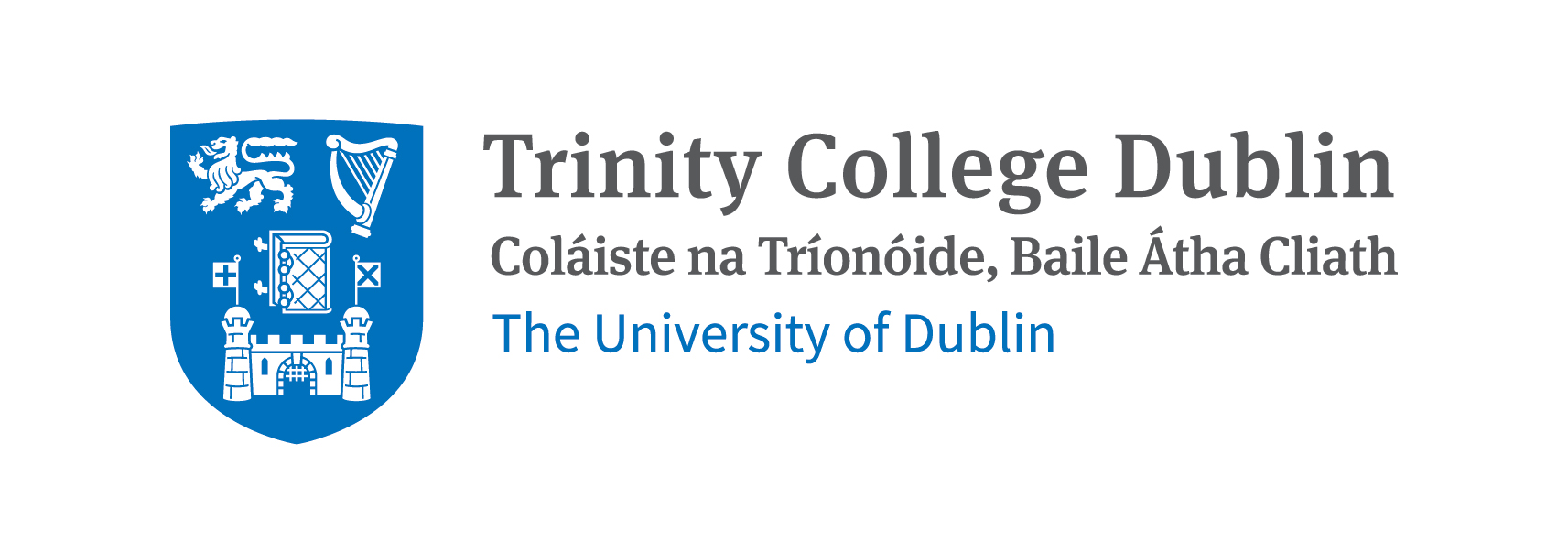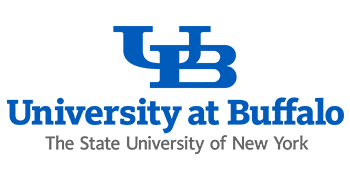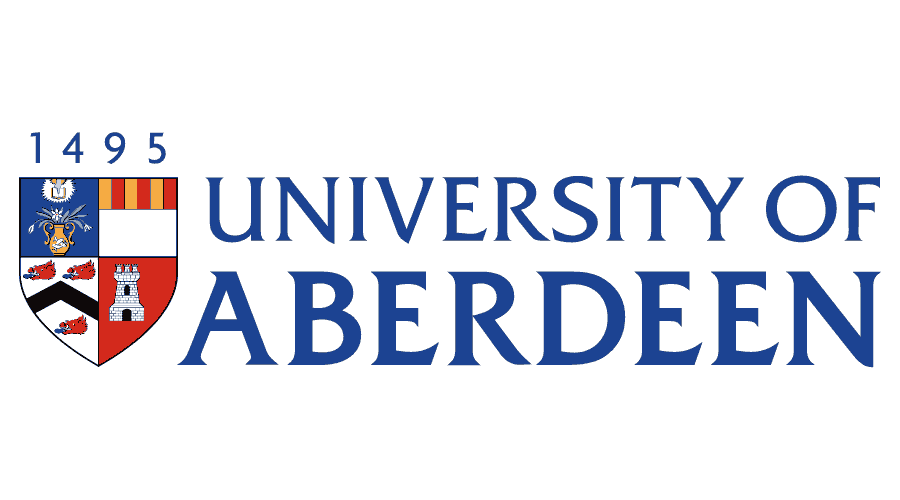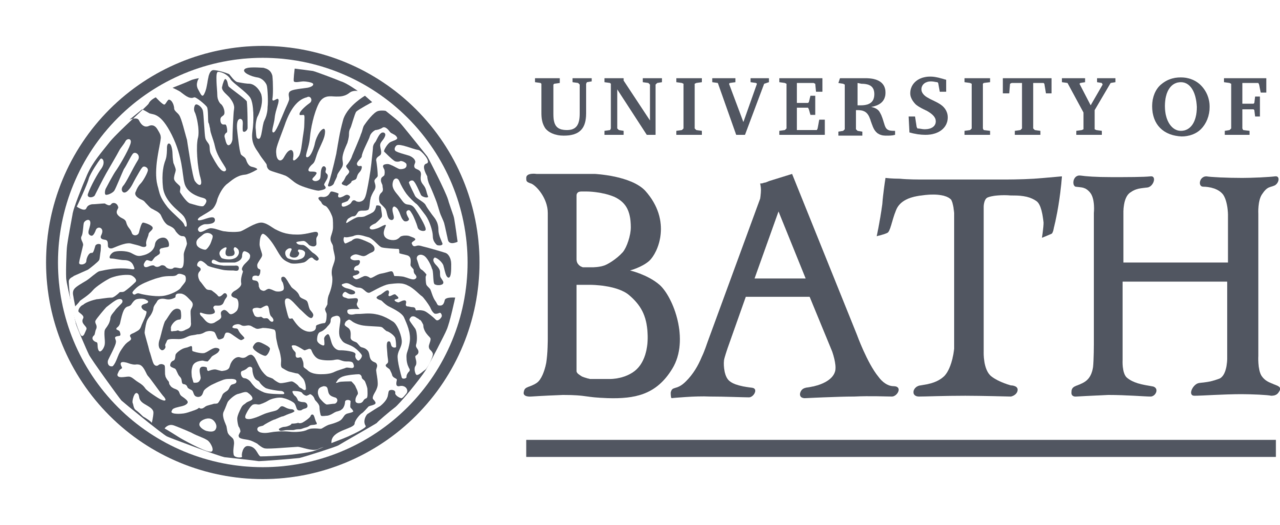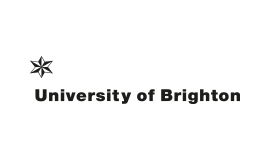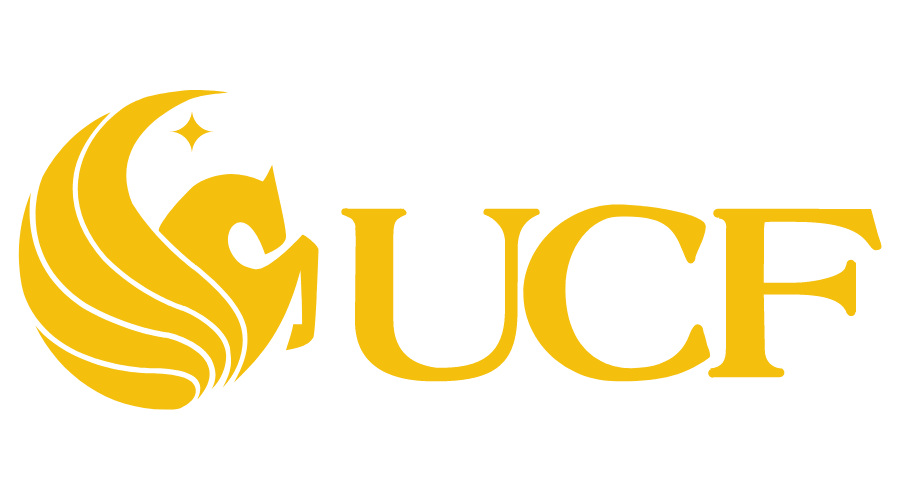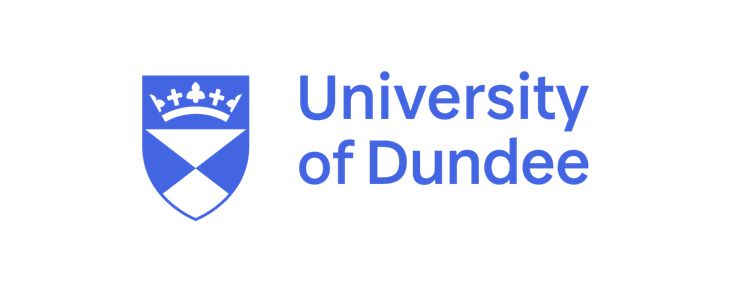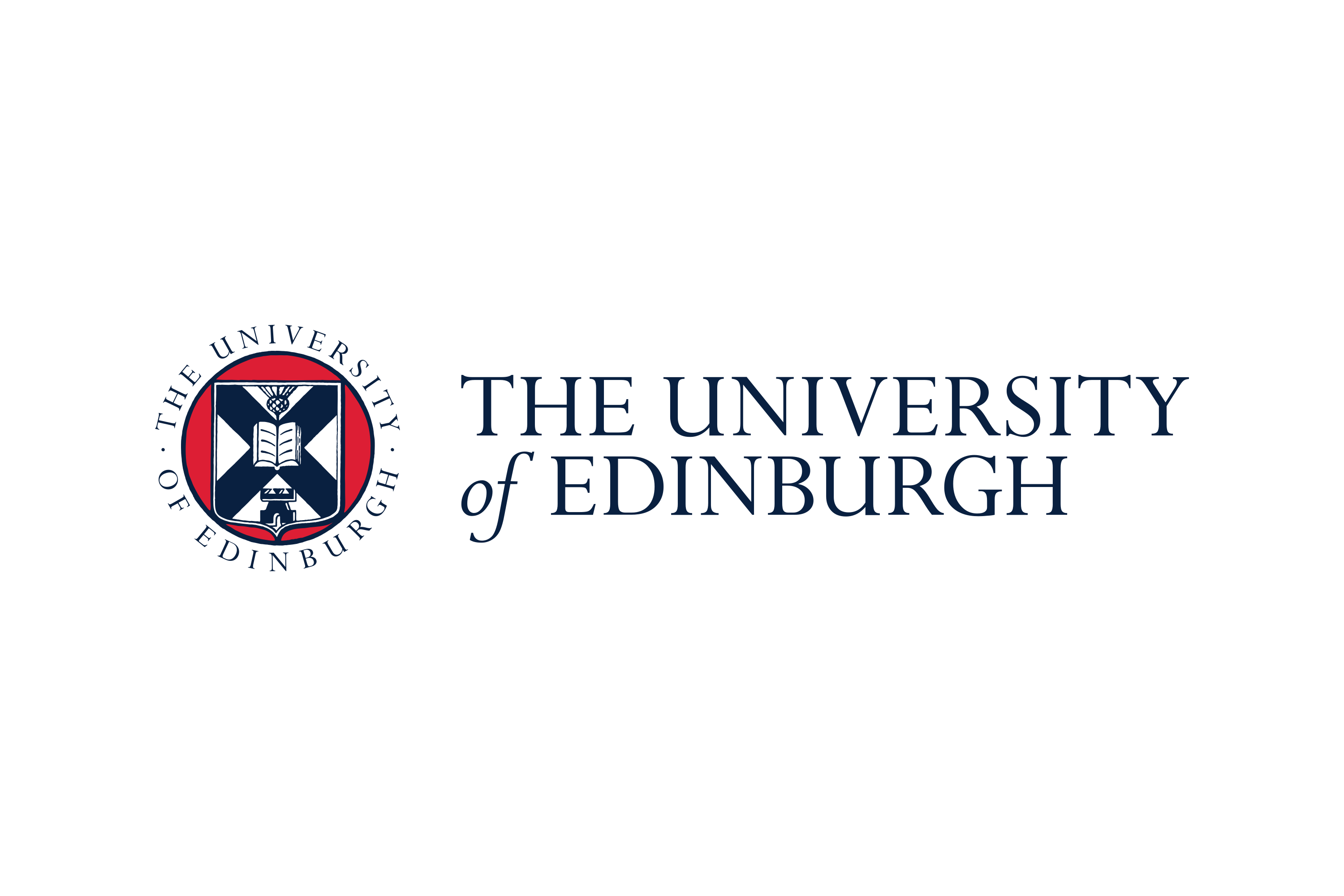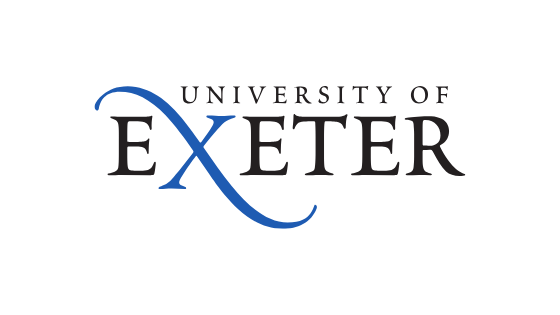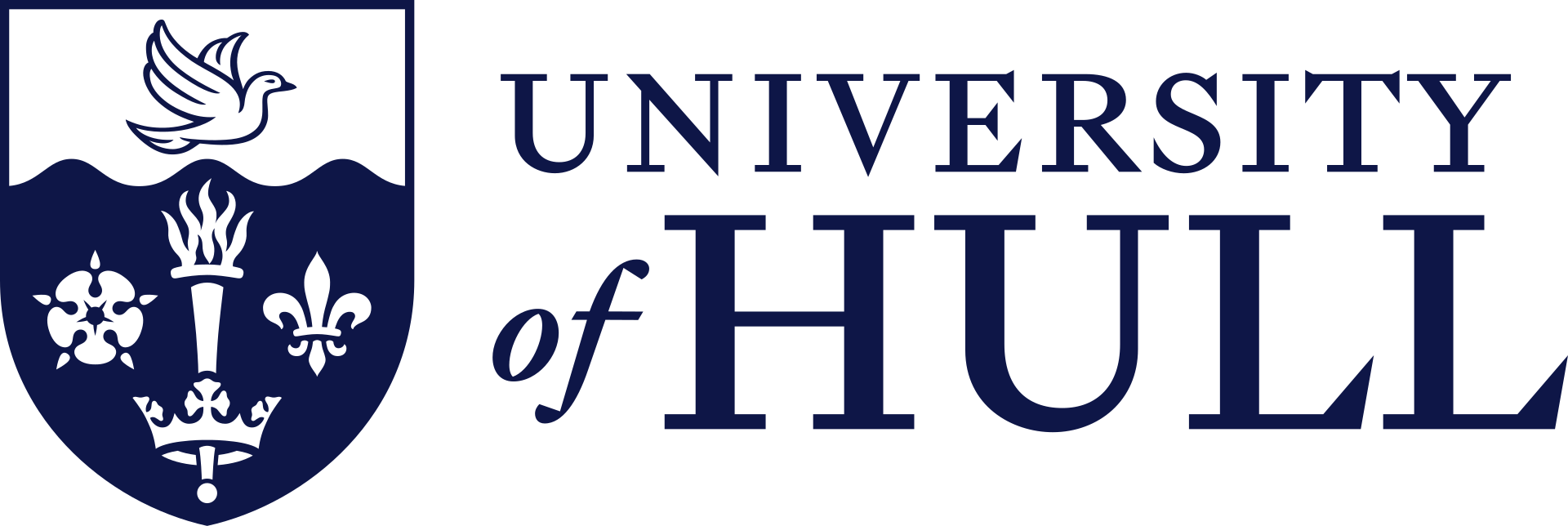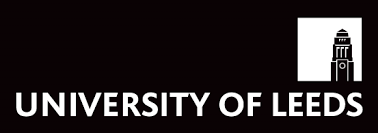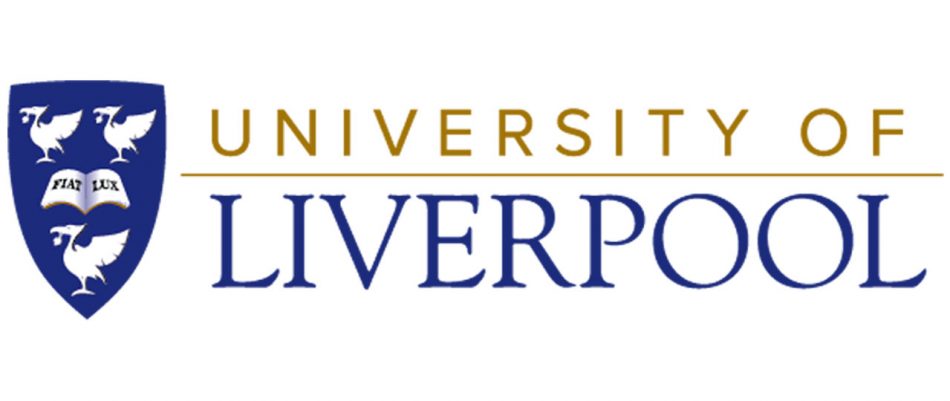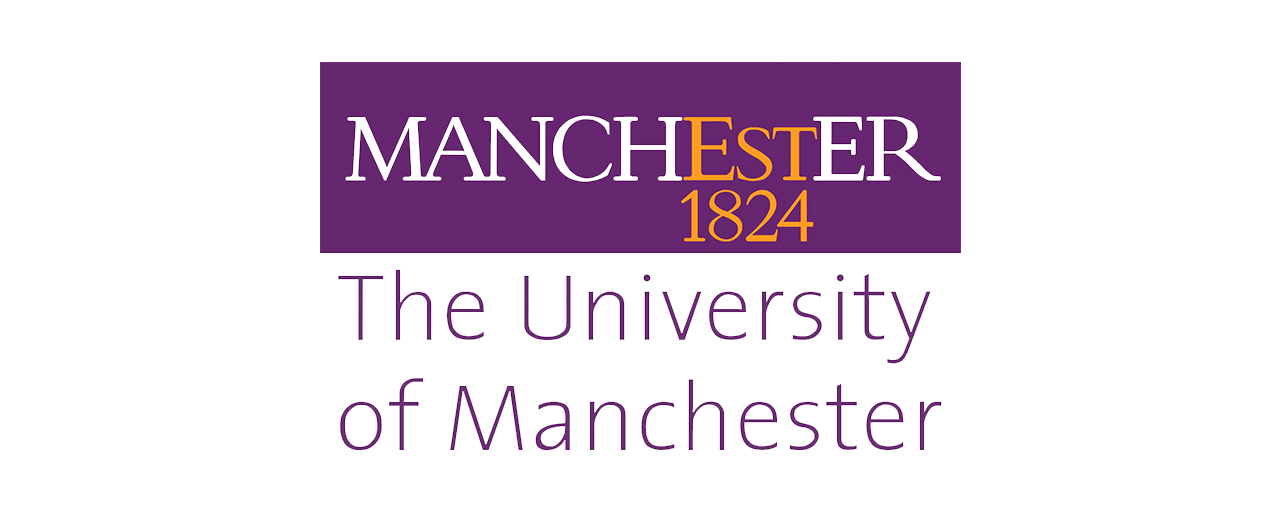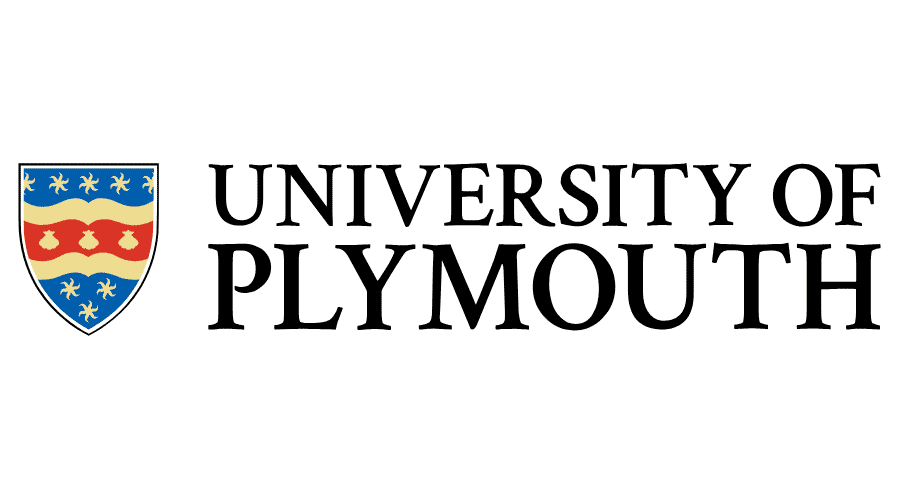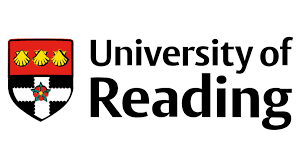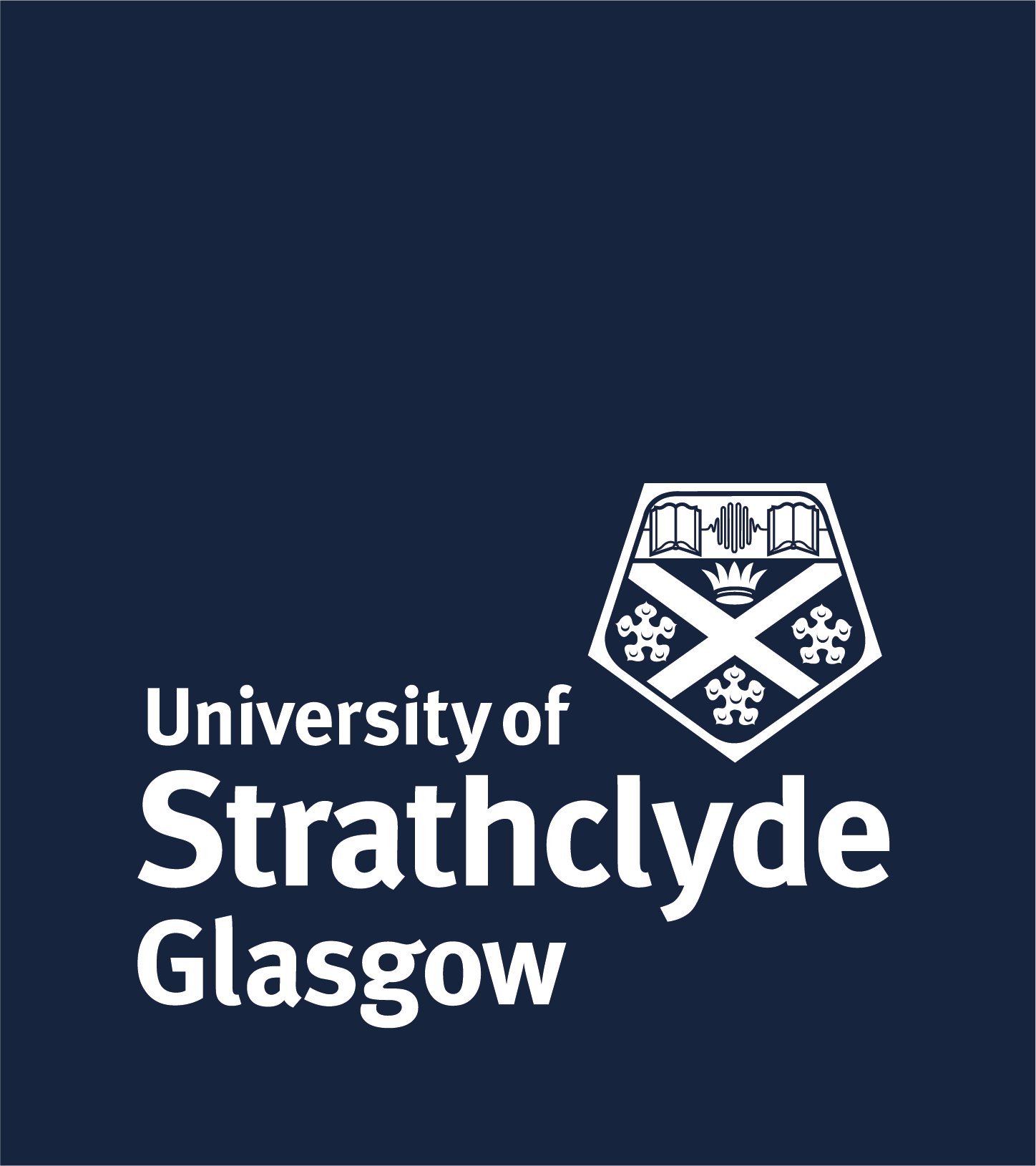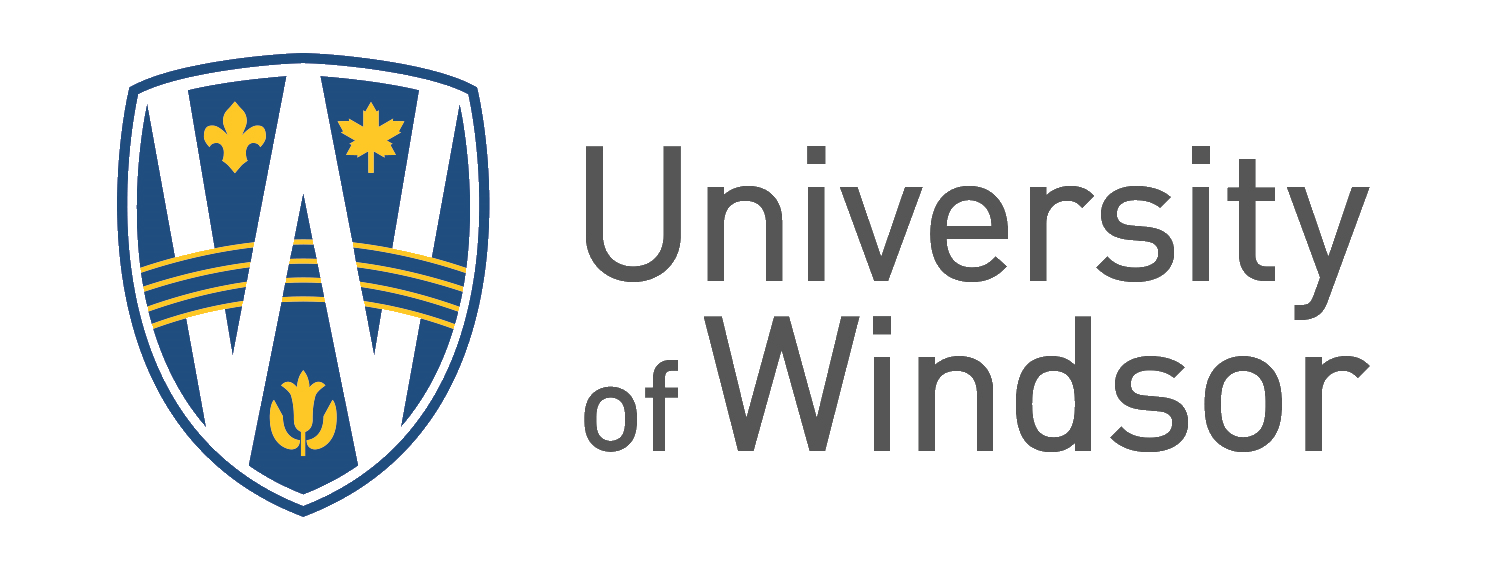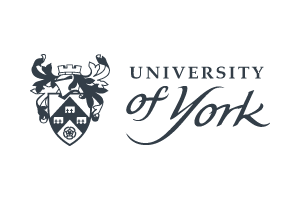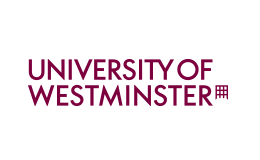Biomedical Sciences: Unlocking the Future of Healthcare
Are you an Indian student passionate about biology, medicine, and cutting-edge research? Studying Biomedical Sciences abroad offers a gateway to world-class education and groundbreaking opportunities in healthcare innovation. This interdisciplinary field combines biology, chemistry, and medical sciences to explore human health, diseases, and treatments. For Indian students, pursuing this course overseas means access to advanced labs, global networks, and degrees recognized by top employers worldwide, including in India.
With India's growing healthcare sector and the global demand for biomedical experts, this degree equips you to tackle real-world challenges like pandemics, genetic disorders, and personalized medicine. Countries like the UK, USA, Canada, and Australia host renowned programs that blend theory with hands-on research, preparing you for a rewarding career. Let's dive into what makes Biomedical Sciences an ideal choice for your study abroad journey.
Why Choose Biomedical Sciences Abroad?
Studying Biomedical Sciences internationally provides unparalleled advantages over domestic programs. You'll gain exposure to diverse research environments, collaborate with international experts, and use state-of-the-art facilities not always available in India. Plus, many universities offer tailored support for Indian students, including cultural integration programs and visa guidance.
- Global Recognition: Degrees from abroad are highly valued by Indian recruiters in pharmaceuticals, biotech, and hospitals.
- Research Opportunities: Engage in projects funded by bodies like the NIH (USA) or MRC (UK), often leading to publications and internships.
- Career Boost: Graduates earn competitive salaries—up to INR 50-80 lakhs annually in India upon return.
- Diversity and Networking: Build connections with peers from around the world, enhancing your global employability.
For Indian students, the cultural transition is smoother in English-speaking nations, with vibrant Indian communities providing home-like support through festivals, cuisine, and student societies.
Course Overview
A typical Bachelor's in Biomedical Sciences lasts 3-4 years, while Master's programs are 1-2 years. The curriculum emphasizes scientific inquiry, laboratory skills, and ethical considerations in healthcare. You'll learn to analyze biological systems, understand disease mechanisms, and develop diagnostic tools.
Core components include foundational sciences in the first year, specialized modules in later years, and a final-year research project. Many programs incorporate placements or industry collaborations, giving you practical experience in labs or hospitals.
Key Skills You'll Develop
- Experimental design and data analysis
- Molecular biology techniques like PCR and CRISPR
- Critical thinking for solving complex health issues
- Communication skills for presenting research findings
- Ethical awareness in biotechnology and medicine
Core Modules and Topics
The course structure varies by university, but here's a breakdown of common modules across undergraduate and postgraduate levels. These are designed to build progressively from basics to advanced applications.
| Year/Level | Module | Description |
|---|---|---|
| First Year (Foundation) | Human Anatomy and Physiology | Explore the structure and function of human body systems, with dissections and simulations. |
| First Year | Biochemistry | Study chemical processes in living organisms, including enzymes and metabolism. |
| Second Year (Intermediate) | Microbiology and Immunology | Understand pathogens, immune responses, and vaccine development—relevant to India's public health challenges. |
| Second Year | Genetics and Molecular Biology | Delve into DNA, gene editing, and inheritance patterns using modern tools like bioinformatics. |
| Third/Final Year (Advanced) | Pharmacology and Drug Development | Learn about drug design, clinical trials, and therapeutic applications. |
| Third Year | Pathology and Disease Mechanisms | Investigate causes of diseases like cancer and diabetes, with case studies from global health data. |
| Postgraduate (Master's) | Research Methods and Dissertation | Conduct independent research on topics like regenerative medicine or epidemiology. |
Electives might include Neuroscience, Bioinformatics, or Public Health, allowing customization based on interests like AI in medicine or tropical diseases prevalent in India.
Top Universities for Biomedical Sciences
Selecting the right university is crucial. Here's a table of top destinations popular among Indian students, based on QS World University Rankings 2023 for Biological Sciences.
| Country | University | Program Highlights | Annual Tuition (INR Approx.) |
|---|---|---|---|
| UK | University of Oxford | World-leading research in genomics; strong Indian alumni network. | 25-30 lakhs |
| UK | Imperial College London | Focus on translational medicine; partnerships with NHS hospitals. | 28-35 lakhs |
| USA | Harvard University | Interdisciplinary labs; opportunities for biotech startups. | 40-50 lakhs |
| USA | Johns Hopkins University | Renowned for public health and epidemiology programs. | 35-45 lakhs |
| Canada | University of Toronto | Affordable living; post-study work visa up to 3 years. | 20-25 lakhs |
| Australia | University of Melbourne | Hands-on clinical placements; vibrant Indian student community. | 25-30 lakhs |
These institutions often provide scholarships specifically for international students from developing countries like India.
Entry Requirements for Indian Students
Admission is competitive, but achievable with strong academics. Requirements vary, but general guidelines include:
- Academic Qualifications: For Bachelor's: 10+2 with 85%+ in PCB (Physics, Chemistry, Biology) from CBSE/ICSE. For Master's: Bachelor's in related field with 60%+ GPA.
- English Proficiency: IELTS (6.5+ overall) or TOEFL (90+); some universities accept Duolingo for Indians.
- Standardized Tests: SAT/ACT for US undergrad; GRE for some Master's programs.
- Personal Statement: Highlight your passion for science and any research/volunteer experience in India.
- References: Two from teachers or mentors.
Visa processes are streamlined—UK's Tier 4, US F-1, Canada Study Permit—all require proof of funds and acceptance letters. Indian students benefit from dedicated counselors at these unis for application support.
Scholarships and Funding Options
Financial barriers shouldn't deter you. Many scholarships target Indian talent in STEM fields:
- Chevening Scholarships (UK): Full funding for Master's; covers tuition and living costs.
- Fulbright-Nehru (USA): For research-focused programs; includes stipends for Indian students.
- Vanier Canada Graduate Scholarships: CAD 50,000/year for PhD-level research.
- Australia Awards: For undergraduates from India; merit-based with leadership focus.
- University-Specific: Oxford's Clarendon Fund or Imperial's India Excellence Scholarship—up to 50% tuition waiver.
Additionally, education loans from Indian banks like SBI offer up to INR 1.5 crore at low interest. Part-time work (20 hours/week) is allowed in most countries, helping cover living expenses estimated at INR 10-15 lakhs/year.
Career Opportunities After Graduation
Biomedical Sciences opens doors to diverse paths. In India, the sector is booming with companies like Biocon and Serum Institute hiring graduates. Globally, demand is high in research, pharma, and healthcare.
Popular Roles:
- Biomedical Researcher (Salary: INR 8-15 lakhs starting)
- Clinical Scientist in diagnostics
- Pharmaceutical Developer
- Public Health Analyst (e.g., with WHO or ICMR)
- Further Studies: MD/PhD for medical careers
Many return to India via programs like the Overseas Citizenship of India (OCI) perks, or stay abroad with post-study work visas—up to 2 years in the UK/Australia.
Tips for Indian Students Applying Abroad
Start early: Applications open 6-12 months in advance. Tailor your CV to highlight NEET prep or science fairs. Join online webinars from universities for insights. Remember, studying abroad builds resilience—embrace the adventure!
Biomedical Sciences isn't just a degree; it's a commitment to improving lives. For Indian students, it's a bridge between traditional knowledge and modern innovation. Ready to take the leap? Explore programs today and shape the future of medicine.




